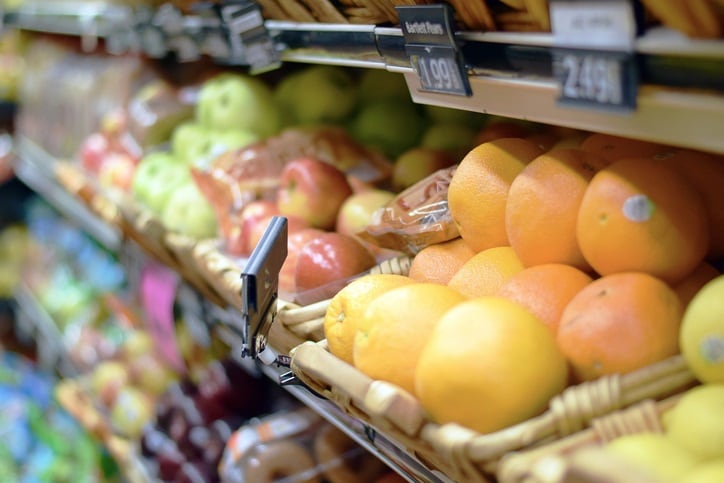Eric Dell, senior vice president of external affairs for NAMA, told attendees at the Grocery Manufacturers Association’s Science Forum in Washington, DC, late last month that micro-markets may account for about 4% of the $25.1 billion convenience services market, but their popularity and presence is growing fast.
“Since 2016, micro markets grew exponentially” from a roughly $1 billion industry with just shy of 20,000 locations to “probably $2 billion with about 30,000 locations around the country,” Dell said. “And you are going to see these more and more” as retailers, brands and service providers realize they can earn a significantly higher margin on the same products that would be sold in a vending machine.
He explained that commissaries can serve the exact same sandwich that they typically would offer in a vending machine at a micro-market for double the price – allowing them to ring up a margin of 20% versus 5% in the vending machine.
“Consumers are willing to pay more in a micro market than from a vending machine because they pick something up and touch it and feel it and get the sense of it as a fresher product, whether it is or not,” Dell said.
“We have seen sales sky rocket in terms of fresh foods, such as sandwiches, compared to vending machines. Fresh sandwich sales out of vending machines may be, in the entire industry, 1% to 5% of sales. But fresh food in a micro-market with the same employee base is 20% to 30%. And that includes salads, fruits, vegetables and those kinds of things,” he said.
The format also is gaining popularity because it is flexible and the offerings can be tailored easily to meet the needs of the primary shopper for specific stores, which are always operated in a controlled environment, rather than open to the public.
For example, he noted, that many offices are replacing traditional cafeterias, “which are not as popular as they used to be,” with unattended food establishments or building micro-markets in the same spaces that once held a bank of vending machine.
Overcoming food safety hurdles
The format does have unique challenge that retailers must address to ensure the safety of consumers and the longevity of the format, Dell said.
He explained that because the shops are unmanned they need to use self-locking refrigerators that will stop consumers from accessing food if the temperature drops out of the safety range for an unsafe period of time.
Similarly, because the stores do not have an employee to monitor consumer behavior, ready-to-drink options are a better fit than self-serve machines or fresh coffee that is more typical of a QSR, Dell said. This in turn is creating an opportunity and demand for more premium packaged options that many startups are rising to fill.
Many micro-markets also use cameras to record and store activity for several days to both alert an employee at headquarters if something is amiss and to provide information potentially necessary in a trace back scenario.
“There also is a lot of innovation in the industry that is starting to push forward on things, such as a kiosk that will now report back in real time to the person who owns the micro market if something is wrong,” Dell said.
As legislative barriers fall more players will enter the space
NAMA also is actively engaged with legislators at the national, state and county level to help streamline regulatory oversight of micro-markets, which currently face a patchwork of regulatory requirements, Dell said.
“It has taken us about nine years of working on this … but in April we got some language that came out and we are now recommending to FDA to put in the US food code to protect the food safety” in unmanned micro markets, Dell said.
This includes guidelines such as what type of food can be sold – commercially packaged products and not bulk items, and guidelines for food service equipment.
Once these safeguards are in place, Dell expects more national retailers and brands to get behind the format. For example, he noted that Kroger already has a handful of micro markets as does 7-11, which has branded ‘stores’ in several work places in the Washington, DC, area.
“You are going to see other player in the c-store industry come into this space and start doing micro markets so they can reach the consumer in the workplace more directly,” and when they do that CPG brands – including smaller local companies – will have more options to reach shoppers as well, he said.


